PEOPLE
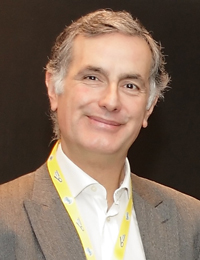
A CENTRE OF EXCELLENCE FOR RESEARCH AND COOPERATION IN THE MIDDLE EAST
Interview with Giorgio Paolucci, Scientific Director of the SESAME project, for the construction of an infrastructure for research and advanced technology in Jordan.
SESAME (Synchrotron-light for Experimental Science and Applications in the Middle East) has a history spanning more than 25 years. The international scientific project involves the construction in Allan, near Amman, Jordan, of a research infrastructure based on a third-generation synchrotron light source, a supermicroscope for applications in various fields: the first in the Middle East. SESAME will soon constitute an international centre of excellence for research and advanced technology, able to attract scientists from very different fields: from archaeology to biology, from chemistry to physics and medicine. It will work under the auspices of UNESCO that is also the custodian institution of the statutes of SESAME, which establishment was unanimously approved by the Executive Council of UNESCO, in May 2002. Today, a few months from becoming operational, thanks to the support of the worldwide community, SESAME is a shining example of global commitment, which sees countries that have never sat at the same table for a scientific project working together: Palestinian National Authority, Bahrain, Cyprus, Egypt, Iran, Israel, Jordan, Pakistan and Turkey. In addition, Italy, France, Spain, Brazil, China, Germany, Greece, Japan, Kuwait, Russia, Sweden, Switzerland, United States and Great Britain are also collaborating. Italy is participating with INFN, Sapienza University of Rome and the City of Science.
NEWS
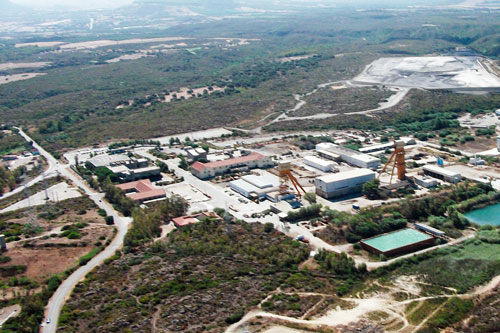
Infrastructures
SULCIS: FROM THE MINE A RESOURCE FOR DARK MATTER AND APPLIED RESEARCH
A Memorandum of Understanding was signed in June between INFN and the Autonomous Region of Sardinia for the forthcoming development of the Aria project, ...
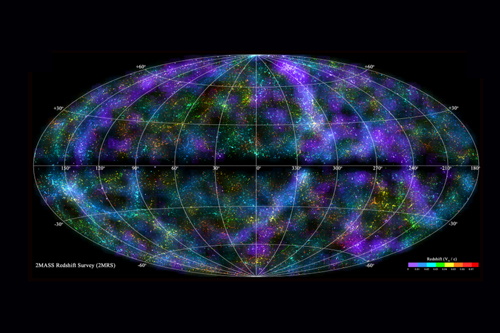
Research
DARK MATTER: POSSIBLE TRACES IN EXTRAGALACTIC RADIATION
Despite its name, dark matter might not be so dark, but associated with electromagnetic radiation. This is the hypothesis of a team of scientists ...
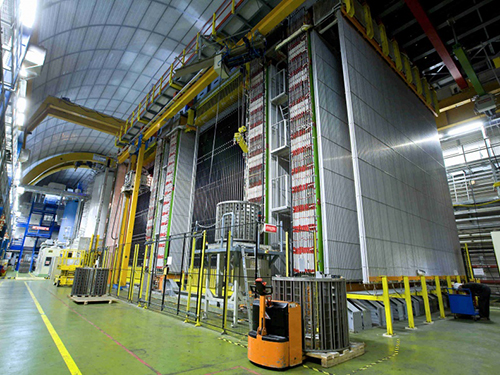
Research
FIFTH TAU NEUTRINO DETECTED BY OPERA
The OPERA (Oscillation Project with Emulsion-tRacking Apparatus) international experiment at the INFN Gran Sasso National Laboratories has detected the fifth interaction of the tau neutrino. ...
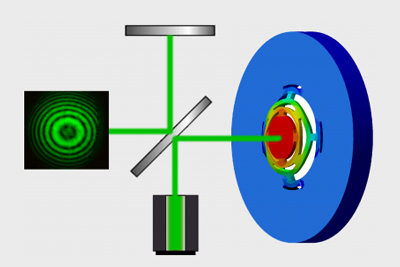
Research
BUGS LISTEN TO SPACE-TIME NOISE
HUMOR (Heisenberg Uncertainty Measured with Opto-mechanical Resonators), the first experiment to have designed and implemented a new way of probing space-time ...
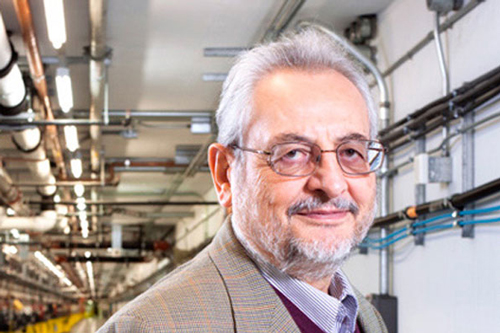
Awards
CLAUDIO PELLEGRINI WINS THE ENRICO FERMI AWARD
The Italian physicist Claudio Pellegrini has won the Enrico Fermi Award, one of the most prestigious scientific awards conferred by the US government. ...
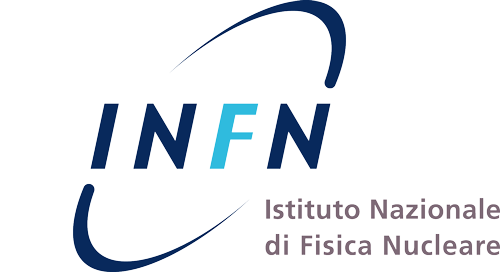

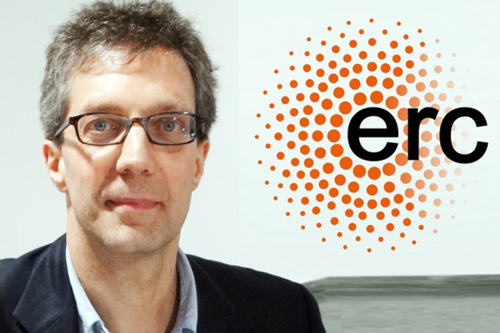 ULTRA FAST DETECTORS FOR PHOTOGRAPHING PARTICLES IN 4D
ULTRA FAST DETECTORS FOR PHOTOGRAPHING PARTICLES IN 4D